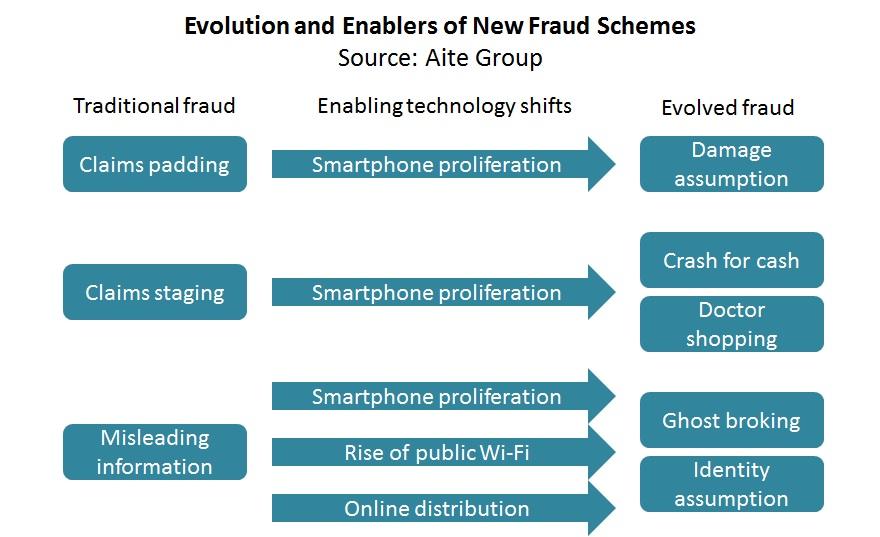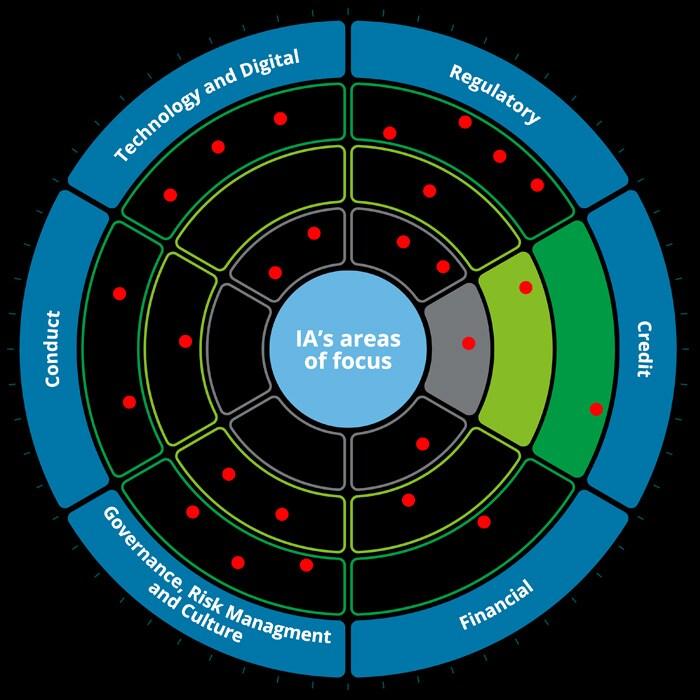In the bustling world of small business, where dreams are nurtured and ambitions take flight, an unseen menace lurks in the shadows, poised to undermine even the most diligent entrepreneurs. As small business owners pour their hearts into building enterprises that serve communities and fuel economies, a cadre of cunning fraudsters crafts schemes designed to exploit vulnerabilities and siphon hard-earned resources. These fraudsters, ever-evolving in their tactics, pose a significant threat to the stability and growth of small businesses worldwide. This article delves into the labyrinth of deception, illuminating the most common fraud schemes that target small businesses. With an authoritative lens, we aim to arm entrepreneurs with the knowledge and strategies needed to fortify their defenses against these insidious threats, ensuring their ventures not only survive but thrive in an increasingly perilous landscape.
Unmasking Deception: The Anatomy of Small Business Fraud
In the intricate web of small business operations, fraud often lurks in the shadows, waiting to ensnare the unsuspecting. Understanding the common schemes can arm business owners with the knowledge to protect their enterprises. Employee theft, for instance, is a pervasive issue where trust is exploited. This can range from embezzlement to skimming off the top, often perpetrated by those who have intimate knowledge of the company’s operations. Invoice fraud is another insidious tactic, involving the submission of false invoices or overcharging for services, leaving businesses to foot the bill for nonexistent goods or services.
Small businesses are also vulnerable to phishing attacks, where cybercriminals masquerade as legitimate contacts to extract sensitive information. These schemes often lead to unauthorized transactions and significant financial losses. Moreover, check tampering remains a classic method, where checks are altered or forged to divert funds. To safeguard against these threats, businesses must implement robust internal controls, regularly audit financial records, and foster a culture of transparency and accountability. Vigilance is the first line of defense in unmasking and thwarting fraudulent activities.

Spotting the Red Flags: Early Warning Signs and Vulnerabilities
In the bustling world of small businesses, staying vigilant against fraudulent schemes is crucial. Recognizing early warning signs can save your enterprise from financial and reputational damage. Watch out for sudden, unsolicited communications that demand immediate action, often disguised as urgent invoices or overdue payments. These can be sophisticated phishing attempts designed to exploit your business’s vulnerabilities.
Be wary of these red flags:
- Unusual requests for sensitive information, especially if they appear to come from within your organization.
- Emails with poor grammar or spelling errors, often indicating a scam.
- Unexpected changes in payment details from suppliers or clients.
- Pressure tactics that create a false sense of urgency.
Empower your team with knowledge and tools to identify these threats, and foster a culture of skepticism towards unexpected communications. By doing so, you not only protect your assets but also fortify your business against the ever-evolving landscape of fraud.

Fortifying Your Defenses: Strategies to Protect Your Business
In today’s digital age, small businesses are increasingly vulnerable to a myriad of fraud schemes that can undermine their operations and financial stability. Understanding these threats is crucial to fortifying your defenses. Among the most common schemes is phishing, where cybercriminals impersonate legitimate entities to extract sensitive information. Be wary of unsolicited emails or messages that request personal or financial details, and always verify the source before responding.
Another prevalent threat is invoice fraud, where fraudsters send fake invoices hoping they will be paid without scrutiny. To combat this, implement a robust verification process for all invoices and encourage employees to double-check the authenticity of payment requests. Additionally, business identity theft is on the rise, where criminals use a company’s identity to open credit lines or make unauthorized purchases. Regularly monitor your business credit reports and stay alert for any unfamiliar activities. By staying informed and vigilant, you can effectively shield your business from these deceptive practices.
Turning the Tables: Proactive Measures and Best Practices
Small businesses can fortify themselves against fraud by adopting a proactive stance and implementing best practices. Begin by conducting regular training sessions to educate employees about the latest fraud schemes and the importance of vigilance. Establishing a culture of transparency and open communication can significantly reduce the risk of internal fraud. Consider implementing a whistleblower policy to encourage employees to report suspicious activities without fear of retaliation.
Moreover, businesses should invest in robust cybersecurity measures. Secure your digital assets by using strong, unique passwords and enabling two-factor authentication. Regularly update software to patch vulnerabilities and install firewalls to protect sensitive data. It’s also crucial to perform routine audits and reconcile accounts to detect discrepancies early. By taking these steps, small businesses can not only protect themselves from fraud but also build a resilient foundation for future growth.
- Conduct regular employee training
- Implement a whistleblower policy
- Use strong passwords and two-factor authentication
- Regularly update software and install firewalls
- Perform routine audits and account reconciliations





